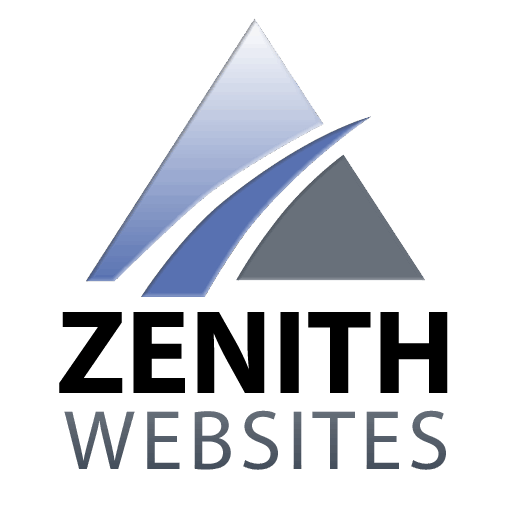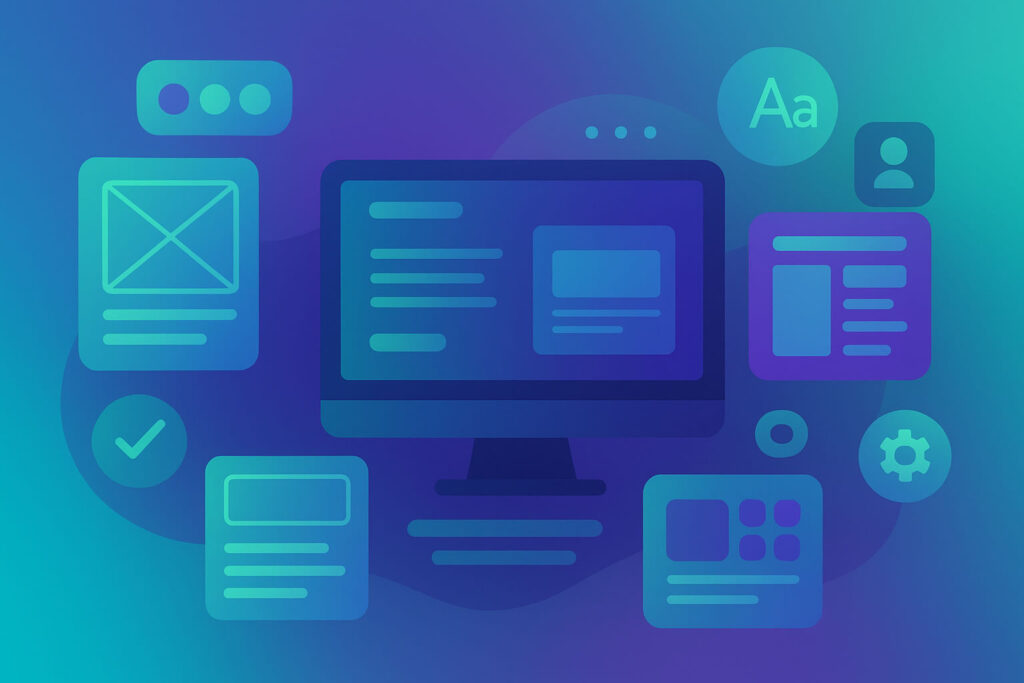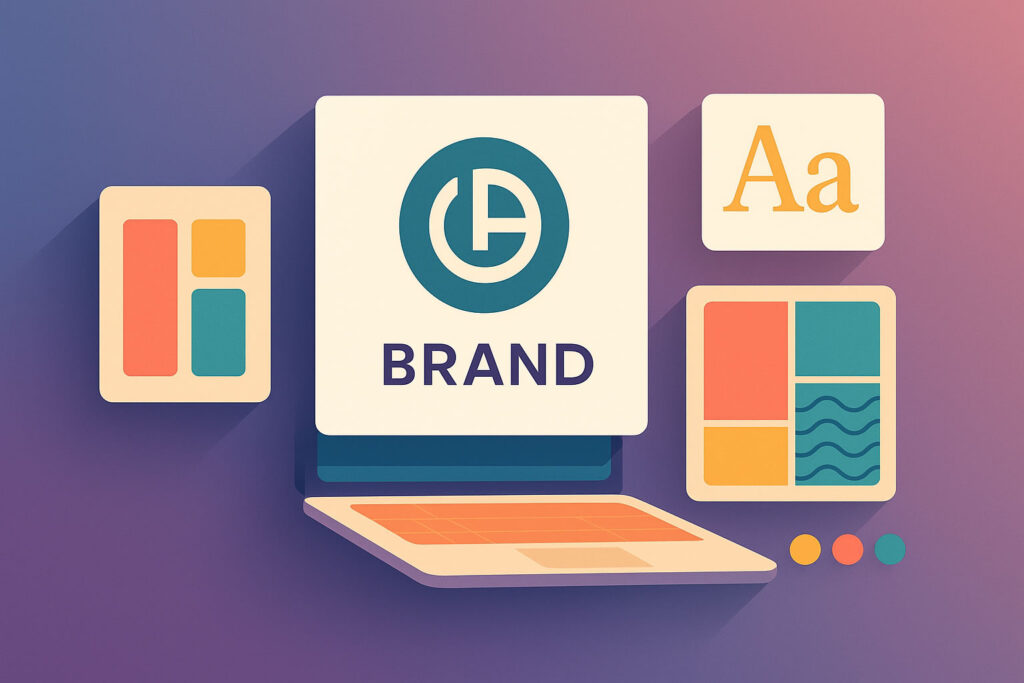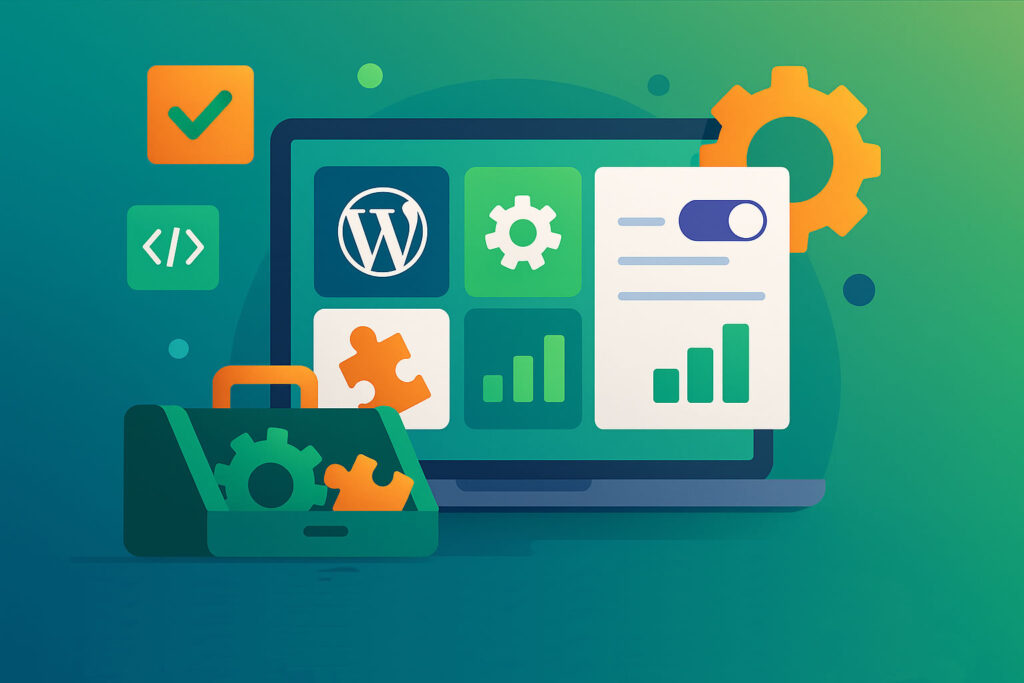Inspiration & Design Showcases: A Journey Through The Finest Digital Experiences

The web is an ever‑evolving canvas where creativity, technology and storytelling converge. Designers are pushing boundaries and refining classics to create digital experiences that are both functional and emotionally resonant. Whether you’re seeking ideas for your next project or simply enjoy exploring beautiful interfaces, this guide curates the best of modern web design—including award‑winning websites, minimalist masterpieces, bold experiments and industry‑tailored examples.
Target Audience
This article is tailored for web designers, UX/UI professionals, creative directors, entrepreneurs and anyone interested in understanding what makes modern web design inspiring. From freelancers looking to upgrade their portfolios to seasoned agency teams seeking fresh trends, there’s inspiration here for all.
Table of Contents
- Award‑Winning Websites
- Portfolio Highlights
- Before & After Redesigns
- Industry‑Specific Examples
- Minimalist Designs
- Bold Designs
- Mobile Design Inspiration
- Landing Page Examples
- Color Palette Inspiration
- Typography Inspiration
- Conclusion
- Further Reading
Award‑Winning Websites
Award‑winning sites set the benchmark for creativity and usability. They often win accolades from industry organisations such as the Webby Awards, Awwwards or CSS Design Awards. What elevates these sites beyond the ordinary?
- Storytelling and narrative. Many top‑ranked websites craft a journey through interactive storytelling, guiding visitors through a brand’s mission or product in a compelling way.
- Innovative layouts. They experiment with asymmetry, layered elements and unconventional scrolling to surprise users while maintaining clarity.
- Performance and accessibility. No matter how stunning the visuals, sites must load quickly and be accessible to everyone. A winner balances aesthetics with efficient code and inclusive design.
- Immersive experiences. Integrating micro‑interactions, subtle animations and dynamic content draws users deeper into the experience. But in 2025, less is more—motion is used intentionally to enhance rather than distract.
Exploring showcases on Awwwards or CSS Design Awards can be invaluable for understanding current design trends. Look for sites that resonate with your brand values and adapt their techniques rather than copying them outright.
Portfolio Highlights
An effective portfolio goes beyond a gallery of images; it tells the story of your process and results. When curating your portfolio:
- Select diverse projects to demonstrate versatility—include a mix of client work, personal projects and experiments.
- Explain your role and the problem each project solved. Context helps potential clients or employers understand your impact.
- Show case studies with step‑by‑step breakdowns, including research, sketches, wireframes, final designs and measurable outcomes.
- Use micro‑interactions and storytelling within the portfolio itself. A subtle animation or interactive element can reveal details without overwhelming the viewer.
Moreover, highlight the metrics that matter—improved engagement, increased conversions or reduced bounce rates. This not only shows your design chops but also underscores your understanding of business goals.
Before & After Redesigns
Redesign showcases reveal the transformative power of design. Presenting a before/after comparison helps audiences appreciate the improvements made. When analysing redesigns:
- Identify the pain points of the original site—poor navigation, slow performance, outdated visuals or low accessibility.
- Explain the strategy behind the redesign. Perhaps you implemented a mobile‑first approach, simplified the information architecture or adopted a more modern color palette.
- Highlight improvements in usability and conversion metrics. A simple infographic or table can succinctly show results.
- Use side‑by‑side visuals to clearly illustrate the contrast between old and new. This visual evidence can be incredibly persuasive.
Keep in mind that a redesign should serve a purpose beyond visual appeal. A fresh look must also solve business and user problems to justify the investment.
Industry‑Specific Examples
Different sectors require distinct design languages. For instance, a law firm’s site needs to convey professionalism and trust, while a creative agency might prioritise bold visuals and experimental navigation. To tailor inspiration to your industry:
- Research competitor websites to identify common conventions. Determine what works and where there’s room for differentiation.
- Consider regulatory and accessibility requirements. Healthcare sites may need HIPAA compliance, whereas financial services must prioritise security and clarity.
- Align aesthetics with user expectations. Eco‑friendly brands might use earthy tones and sustainable messaging; tech startups often favour crisp typography and modern gradients.
- Create mood boards for each industry to explore color palettes, imagery styles and typography that resonate with your target audience.
Industry‑specific inspiration helps ensure your design communicates authority while still standing out.
Minimalist Designs
Minimalism remains a timeless approach that emphasises clarity and function. Minimalist web design focuses on essential elements, purposeful white space and refined typography, resulting in sites that are aesthetically pleasing and highly usable. Key principles include:
- Negative space. Allow generous breathing room between elements to create calm and focus.
- Flat design. Two‑dimensional simplicity improves performance and removes unnecessary visual noise.
- Limited color palette. A restrained color scheme creates impact without overwhelming users.
- Visual hierarchy. Use size, contrast and placement to guide users toward key elements.
- Faster load times. Fewer elements mean quicker pages, enhancing SEO and user satisfaction.
Minimalism’s strength lies in its ability to remove distractions and focus on clear communication. Many designers pair minimalist layouts with bold typography or subtle animations to maintain interest while preserving simplicity.
Bold Designs
On the opposite end of the spectrum, bold designs use striking visuals to make an immediate impact. In 2025, designers are embracing expressive fonts, vivid contrasts and experimental layouts. For instance, web design trends note that color palettes are moving toward rich warm tones and multi‑tonal schemes that reduce visual fatigue while still guiding users naturally. Bold design characteristics include:
- Big blocks with vivid contrast. This trend uses large, colorful sections to create natural navigation points and highlight different content areas.
- Expressive typography. Oversized, layered and high‑contrast fonts establish a clear brand voice.
- Asymmetrical and experimental layouts. These break conventional grids to create dynamic, memorable experiences.
- Modern brutalism. This revival of stripped‑down layouts, monochromatic schemes and raw textures rejects excessive polish in favour of authenticity.
Bold designs require careful balancing to maintain readability and accessibility. Use strong color contrasts mindfully and ensure interactive elements remain intuitive. Combining bold elements with minimalist sensibilities can produce innovative hybrids that feel both energetic and refined.
Mobile Design Inspiration
With mobile devices accounting for the majority of web traffic, designing for small screens isn’t optional. Mobile design inspiration emphasises:
- Responsive layouts. Elements should automatically adapt to different screen sizes and orientations without sacrificing aesthetics.
- Touch‑friendly interfaces. Large tap targets and sufficient spacing prevent accidental clicks. Avoid tiny links or crowded menus.
- Simplified navigation. Use hamburger menus, bottom navigation bars or tabbed interfaces to keep important pages a tap away.
- Fast loading. Optimise images, enable caching and leverage performance tools to keep load times under three seconds.
- Gestural interactions. Swipeable carousels, pull‑to‑refresh and micro‑interactions make mobile browsing more intuitive and engaging.
Mobile inspiration often comes from progressive web apps and mobile‑first landing pages that blend native app experiences with the reach of the web.
Landing Page Examples
Landing pages are your conversion engines. Reviewing a variety of landing page designs can spark ideas for layout and messaging. Consider:
- Hero imagery or videos that immediately communicate the offer’s value.
- Simple, benefit‑driven headlines paired with supportive subheadings.
- Form placement above the fold for quick access, or a two‑step process that reveals the form after initial engagement.
- Testimonials or trust badges near the CTA to reduce anxiety.
- Consistent visual language that matches your ad creatives and brand identity.
Explore landing page galleries or tools such as Lapa Ninja and SaaS Pages to see how different industries present offers. Pay attention to how each page’s design supports its goal, whether that’s capturing leads or driving direct purchases.
Color Palette Inspiration
Color influences mood, perception and behaviour. In 2025, designers are shifting toward more soothing, nurturing palettes, using rich warm tones and multi‑tonal schemes to create welcoming digital spaces. When choosing colors:
- Consider color psychology. Warm colors like terracotta and mustard evoke comfort and optimism; cool blues and greens suggest calm and trust.
- Limit your palette to two or three dominant hues with supporting neutrals to maintain harmony.
- Ensure sufficient contrast for accessibility. Tools like WebAIM’s contrast checker help you meet WCAG guidelines.
- Use gradients and multi‑tonal combinations to add depth without overcomplicating the palette.
- Incorporate brand personality. If your brand is playful, consider bright duotones; if sophisticated, opt for muted tones.
Experiment with dynamic color modes like dark mode or user‑selectable themes to cater to different user preferences and reduce eye strain.
Typography Inspiration
Typography does more than convey information—it evokes personality and guides attention. 2025 typography trends highlight bold, expressive typefaces that capture attention while maintaining readability. To harness typography effectively:
- Mix serif and sans‑serif fonts to create contrast and hierarchy. Modern websites are bringing back serifs for warmth and elegance.
- Embrace variable fonts which allow multiple styles within a single file, improving performance and giving designers flexibility.
- Use oversized and layered text for headings to create visual impact. Pair it with generous white space to maintain balance.
- Prioritise readability. Choose fonts with clear letterforms and appropriate line spacing. Avoid overusing decorative scripts in body text.
- Align typography with brand voice. A tech startup might favour geometric sans‑serifs, while a luxury brand could lean into classic serif fonts.
Remember that typography and color work hand in hand—high‑contrast pairings draw the eye, while harmonious palettes create cohesion. Test your font choices across different screen sizes to ensure legibility.
Conclusion
From minimalist elegance to bold expression, web design in 2025 offers endless avenues for inspiration. Award‑winning sites show that storytelling, innovation and accessibility remain paramount. Thoughtful portfolios and compelling before/after showcases illustrate the power of design to transform experiences. Minimalism reminds us that less can be more, while bold trends invite us to experiment fearlessly. Mobile‑first design, carefully crafted landing pages, expressive color palettes and evocative typography round out a well‑rounded creative toolkit. Ultimately, the most inspiring designs aren’t just visually stunning; they serve the user, achieve goals and leave a lasting impression.
Further Reading
- Awwwards: Collection of Award‑Winning Websites
- TheeDigital: Web Design Trends 2025
- CSS Design Awards: Best Website Gallery
- Assistanova: Mastering Minimalist Web Design
- Behance: Web Design Inspiration
- Dribbble: Web Design Tag
- Lapa Ninja: Landing Page Examples







Responses